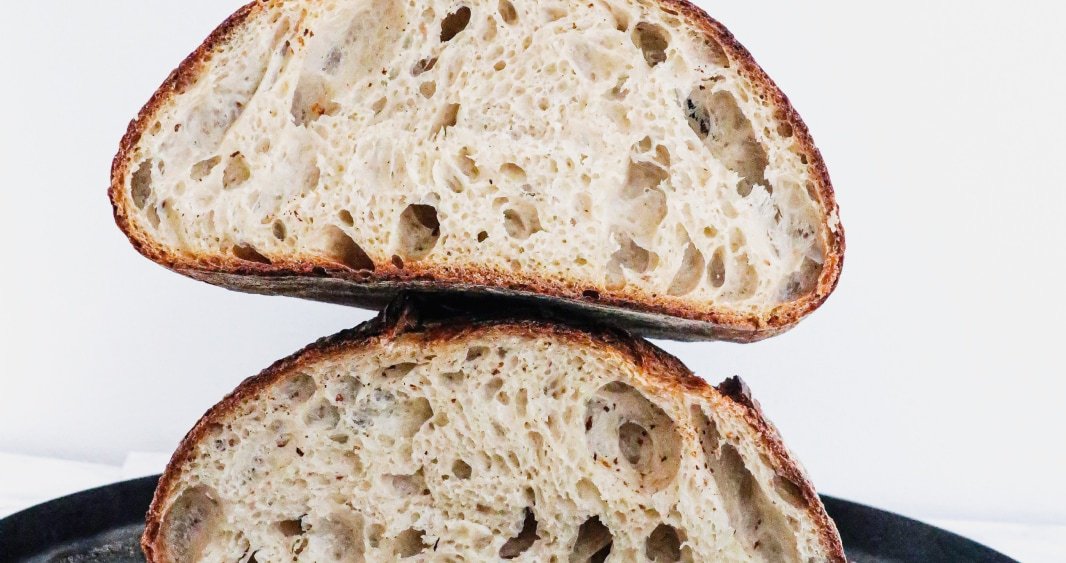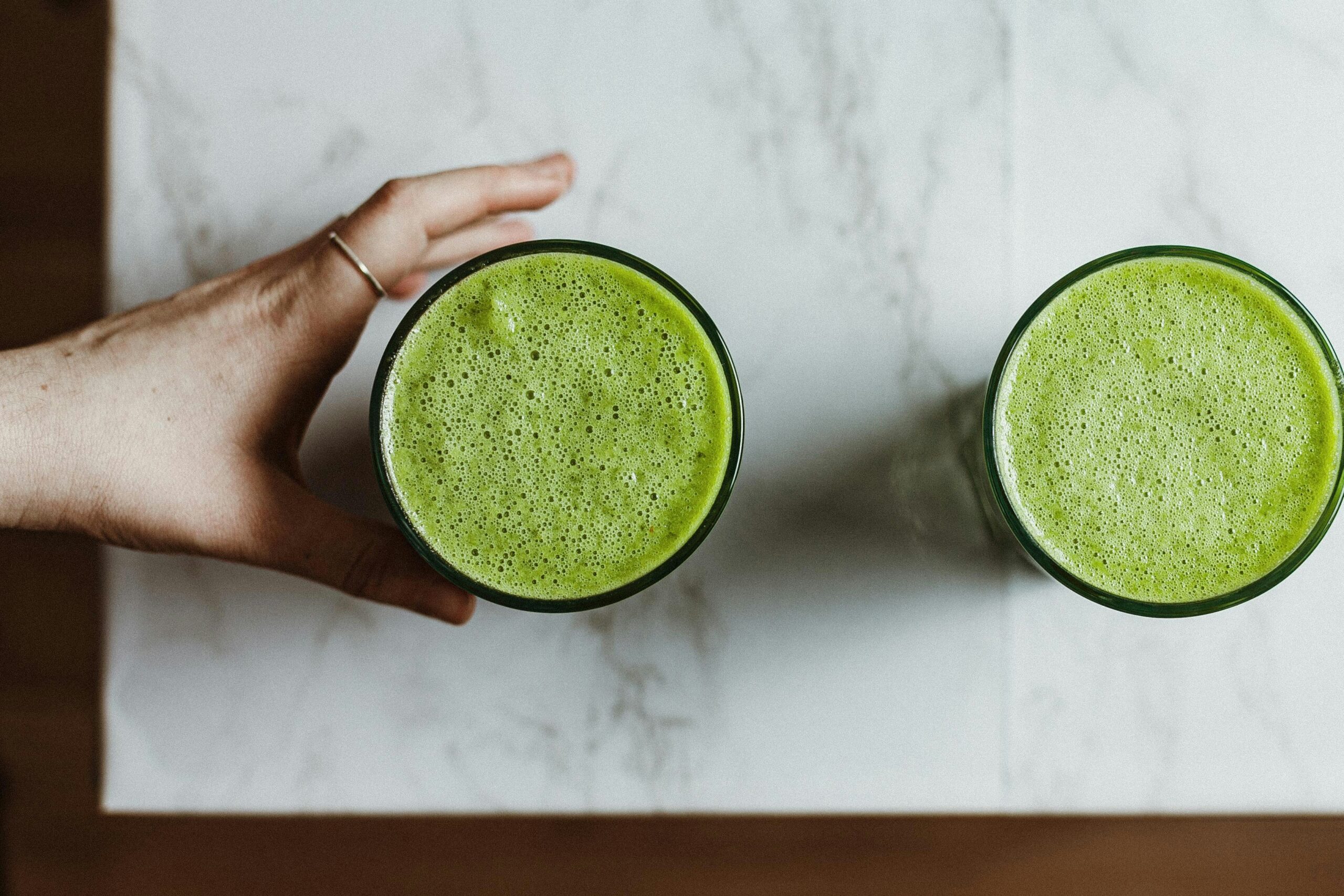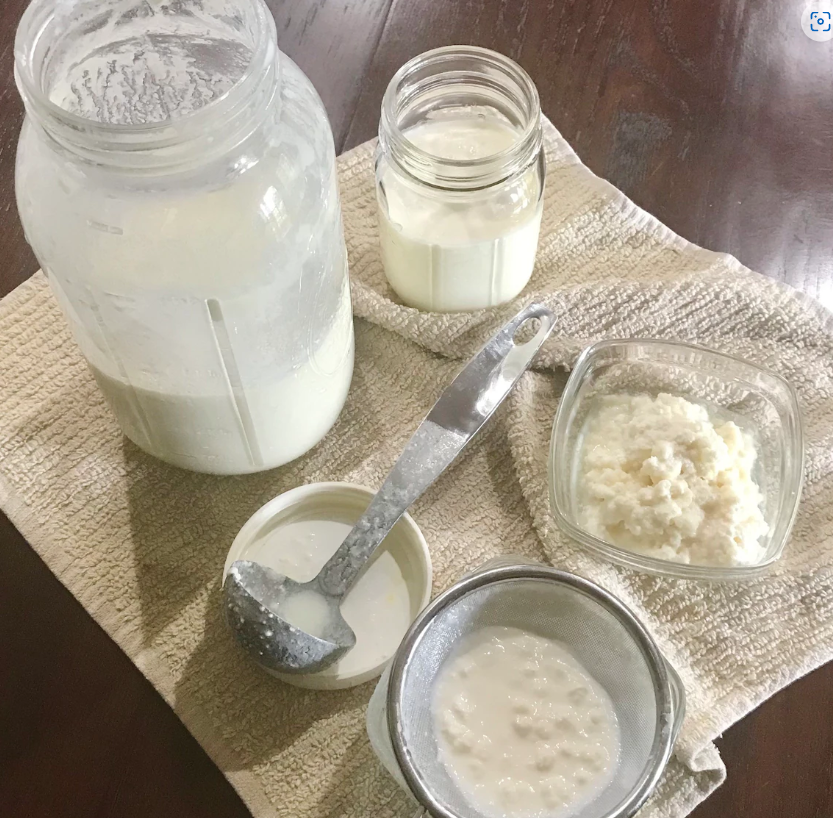Most home bakers know that their sourdough starter contains a diverse ecosystem of yeasts and bacteria, unlike conventional bread which relies on a single species of baker’s yeast. The flavor of sourdough bread depends on the unique microbial ecosystem, which is affected by factors like the baker’s house, the type of flour, and the frequency of feeding. Scientists are still learning about this ancient technology, but even with limited knowledge, they have discovered that the microbial community of sourdough bread can influence its nutritional value and flavor.

Rise of the microbes
Mix flour and water to make a sourdough starter, and yeasts and bacteria from the environment and flour start feeding on the sugars in the flour. Spoilage bacteria can grow on this new energy source, but soon lactic acid bacteria become dominant, acidifying the starter with lactic and acetic acid. This acidification gives sourdough bread its characteristic tang and improves its nutritional quality.
Within a couple of weeks, the starter settles into a stable state where yeasts and lactic acid bacteria grow vigorously. However, new starters can have a different set of microbes from others even when using the same flour. The microbes come from the flour, the baker’s hands, and the kitchen.
Care and feeding
Sourdough microbial communities can vary in commercial bakeries, where the microbes have plenty of food. The fastest-reproducing microbes dominate over time, but they may not produce the best flavor. Home bakers can influence the flavor of their sourdough bread by choosing the right flour for the starter, by using stiffer starters, and by fermenting in warm or cool conditions.
Sourdough bread is not only fascinating to bakers but also to scientists who study microbial ecology. Sourdough and other fermented foods provide a simple and easy-to-handle model ecosystem to study microbial ecology. Sourdough is a space where we all agree that microbes can do wonderful things.



